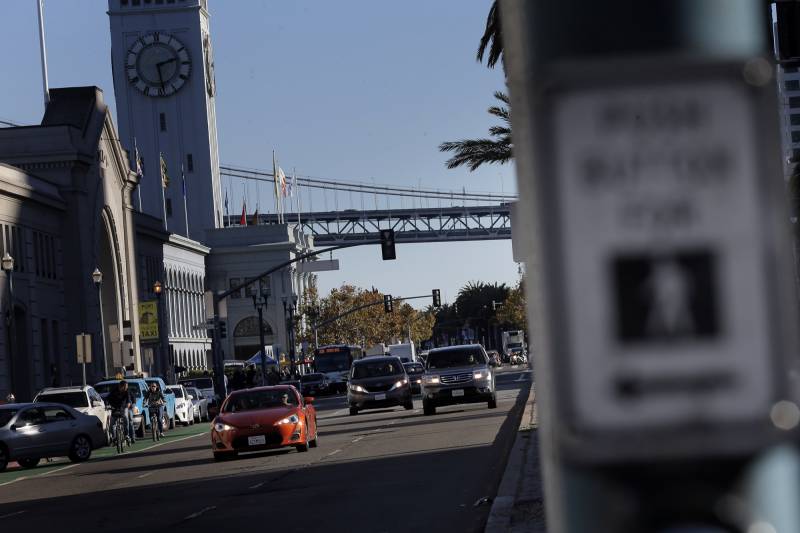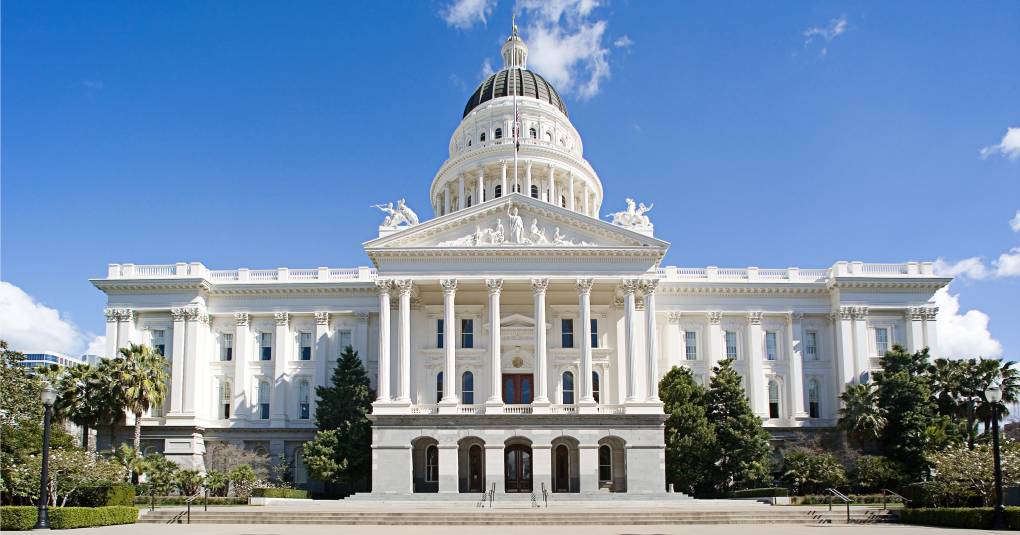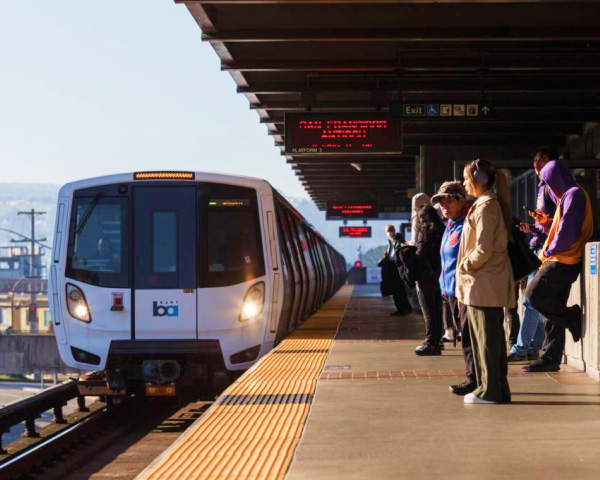After a delay, San Francisco is on track to be the first city in California to install automated speed-enforcement cameras, realizing a goal long sought by street safety advocates frustrated by the city’s lack of progress on its long-term goal of eliminating traffic deaths and serious injuries.
City officials say the cameras will begin operating on a warning-only basis in mid-March — nearly a year and a half after Gov. Gavin Newsom signed a bill authorizing the devices in San Francisco, Oakland, San José, Los Angeles, Long Beach and Glendale. All except San Francisco are still in the planning stages for camera deployment.
San Francisco’s 33 cameras are set to arrive in the wake of the city’s highest traffic death toll in nearly two decades. In 2024, the year San Francisco aimed to eliminate traffic deaths under Vision Zero, 41 people died in vehicle collisions. Twenty-four pedestrians were among those killed.
The spike in fatalities has led to widespread calls for the city to intensify its traffic safety efforts, as activists, the public and some members of the Board of Supervisors chide the Municipal Transportation Agency for falling behind on its ambitious “quick build” program to rapidly improve conditions for people walking and rolling at more than 900 locations across the city by the end of 2024.


